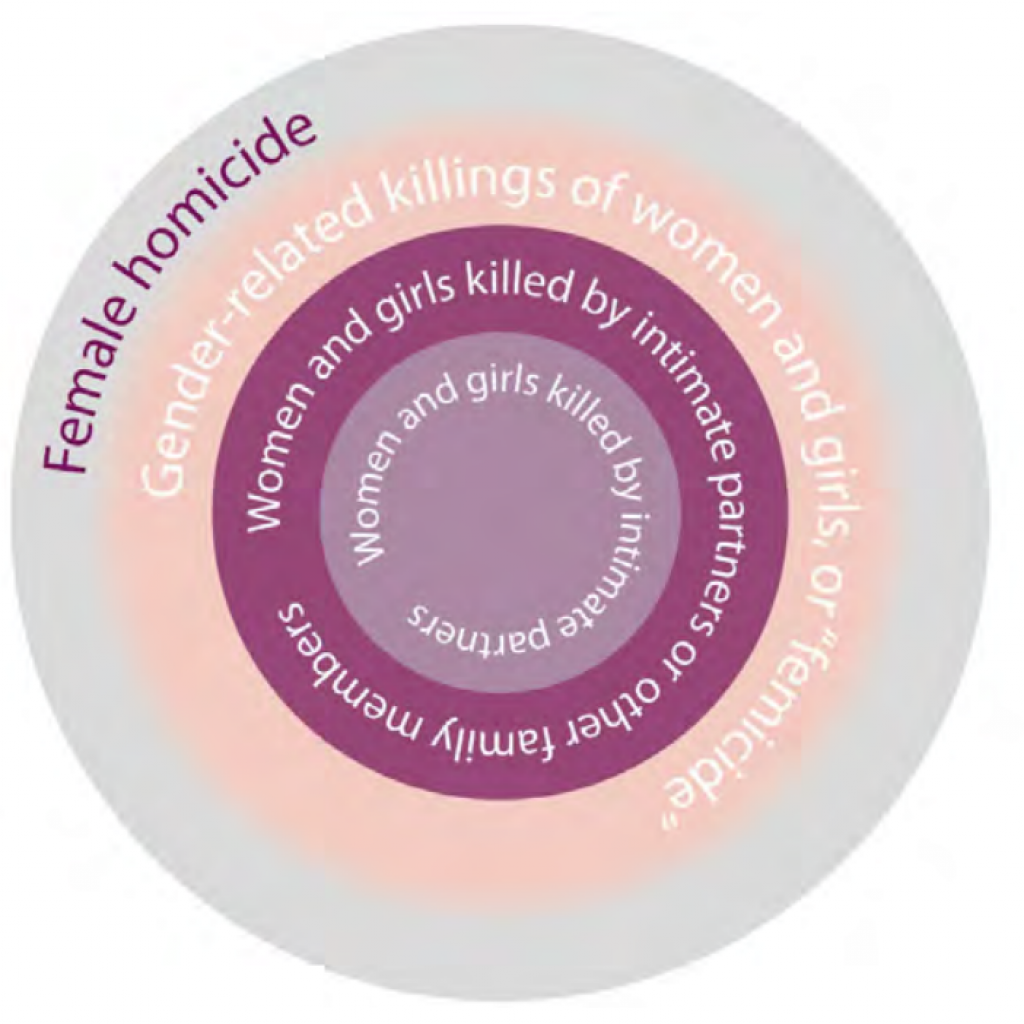I’m curious if any FHO readers have used the myPlan app with patients as part of the safety planning process. I confess I had not heard about it (and I’m pretty surprised I hadn’t), but Futures Without Violence has a webinar coming up next week that looks at how it can be used in rethinking harm reduction and trauma-informed care, and I am intrigued. I have registered for the session, which will be held Monday, December 10th at 3pm ET. CMEs are available (but not CEUs–come on, Futures, this is a webinar that is specifically discussing a nursing-led intervention, and no nursing continuing education units?). From the website:
How can we move beyond simply domestic violence screening and referral to create health care responses to violence that offer critical strategies to promote prevention, healing, and health promotion. Further, how do we ensure that we are thinking holistically about patients and clients rather than focusing on their trauma alone? We know from anti-violence advocacy, that the most potent and sustained change with survivors is strength based and comes from building on what is already going well. Join us for a webinar discussion with luminaries in our field to explore universal education and healing centered engagement as a starting point for achieving the health outcomes that survivors desire. We will consider this approach conceptually and through the use of health interventions and myPlan (www.myPlanApp.org), a tool for patients and providers alike to help survivors weigh their options and make decisions that will help them meet their health and safety goals.
Learning outcomes:
Participants in the webinar will be able to:
- Describe the idea of universal education and healing centered engagement and how it differs from a checklist approach to IPV
- Describe patient-centered strategies to respond to health issues, healing and safety in the context of abusive relationships
- Describe the myPlan app and how to use it to support survivors in health and other settings.
Speakers:
- Dr. Elizabeth Miller, Director, Adolescent and Young Adult Medicine, UPMC Children’s Hospital of Pittsburgh
- Dr. Nancy Glass, Professor, Johns Hopkins School of Nursing
This webinar was made possible by support from the Administration for Children and Families.
Register here.
And if you’d like to read more about the myPlan app, check out the dedicated website. Curious about the supporting science? (I was.) Here’s a list of published articles about its use (courtesy of):
Glass, N., Perrin, N., Hanson, G., Bloom, T., Messing, J., Clough, A., Campbell, J., Gielen, A., Case, J., & Eden, K. (2017) “The Longitudinal Impact of an Internet Safety Decision Aid for Abused Women.” Am Journal of Preventive Medicine. 52(5), 606-615.
Eden, K., Perrin, N., Hanson, G., Messing, J., Bloom, T., Campbell, J., Gielen, A., Clough, A., Barnes-Hoyt, J., & Glass, N. (2014). “Use of online safety decision aid by abused women: Effect on decisional conflict in a randomized controlled trial.” American Journal of Preventive Medicine, 48(4), 372-383.
Glass, N., Clough, A., Case, J., Hanson, G., Waterbury, A., Barnes-Hoyt, J., Alhusen, J., Ehrensaft, M., Grace, K.T., & Perrin, N. (2015). “A safety app to respond to dating violence for college women and their friends: The MyPlan Study randomized controlled trial protocol.” BMC Public Health, 15: 871.
Alhusen, J., Bloom, T., Clough, A., & Glass, N. (2015). “Development of the MyPlan safety decision app with friends of college women in abusive dating relationships.” Journal of Technology in Human Services, 33:3, 263-282.
Lindsay, M., Messing, J., Thaller, T., Baldwin, A., Clough, A., Bloom, T., Eden, K., & Glass, N. (2013). “Survivor feedback on a safety decision aid smartphone application for college-age women in abusive relationships.” Journal of Technology in Human Services, 31(4), 368-388.
Glass, N., Perrin, N., Bloom, T., & Hanson, G. (2010). “Computerized aid improves safety decision process for survivors of intimate partner violence.” Journal of Interpersonal Violence, 25(11), 1947-1964.
Have you checked out the FHO store lately? You can find our newest research brief, Aging Bruises Based On Color, plus our original guide, Injury Following Consensual Sex. Both available now for electronic download.






















